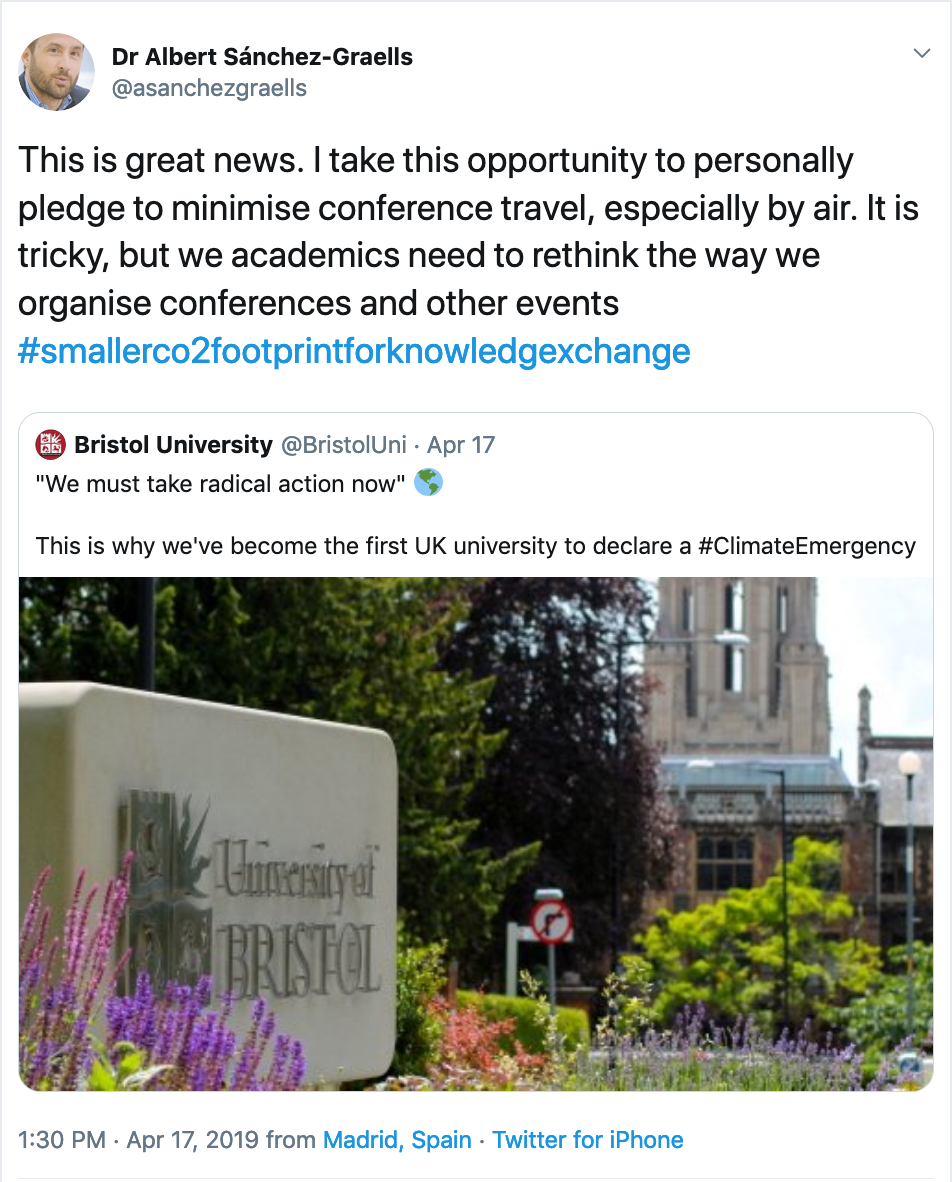In his Opinion of 16 May 2018 in Vossloh Laeis, C-124/17, EU:C:2018:316 (not available in English), Advocate General Campos Sánchez-Bordona has offered an interesting view on the interpretation of the grounds for discretionary exclusion of economic operators engaged in bid rigging. In particular, his proposed interpretation concerns the limitations of the contracting authority's ability to demand full and unrestricted cooperation from undertakings seeking to reassure them that they have self-cleaned after participating in collusive practices in public markets. This Opinion and the forthcoming CJEU Judgment in Vossloh Laeis will be relevant for the interpretation of Article 57 of Directive 2014/24/EU, as well as Article 80 of Directive 2014/25/EU, on which the case rests. In my view, the Vossloh Laeis Opinion raises difficult questions about the coordination of enforcement of mechanisms to prevent bid rigging in the fields of public procurement and competition law. It also creates some functional tensions with recent cases such as Generali-Providencia Biztosító, C-470/13, EU:C:2014:2469; and Impresa di Costruzioni Ing. E. Mantovani and RTI Mantovani e Guerrato, C-178/16, EU:C:2017:1000. Thus, it deserves some close analysis.
Vossloh Laeis - Background
This case concerns the aftermath of an investigation into bid rigging practices by the German competition authority (Bundeskartellamt), which established that '[d]uring the period from 2001 to 2011 Vossloh Laeis concluded agreements with other companies on the supply of rails and switches to the detriment of local public transport companies, private, regional and industrial railway companies and construction companies. The aim of the agreements was to divide up tenders and projects among the members of the cartel'. This resulted in the imposition of a fine of just under 3.5 million euros on the company Vossloh Laeis in 2016 by the Bundeskartellamt.
In the case that triggered the reference to the CJEU, a contracting entity whose procurement is covered by Directive 2014/25/EU (Stadwerke München) sought to exclude Vossloh Laeis from its qualification system on the basis that it had been fined for its participation in the cartel. It is important to stress that the relevance of the cartel for Stadwerke München was not simply remote or theoretical, but concerned it rather closely because this entity had been a victim of the anticompetitive practices carried out by Vossloh Laeis. This led Stadwerke München to seek damages compensation from Vossloh Laeis in civil litigation, as well as to exclude it from its list of approved contractors.
Vossloh Laeis sought to resist its exclusion from Stadwerke München's qualification system on the basis that it had taken self-cleaning measures and should thus be reinstated in the list of approved contractors on the basis of Article 57(6) of Directive 2014/24, to which the applicable Article 80 of Directive 2014/25 refers. In particular, Vossloh Laeis sought to persuade the contracting entity that it had taken organizational and personnel measures to clarify the facts and prevent their future repetition. It also indicated that it would compensate the damage caused by its illicit behavior.
Stadwerke München rejected the claims of self-cleaning on the basis that (i) despite the uncovering of the cartel in 2011, Vossloh Laeis had not addressed the contracting entity or undertaken any initiative to clarify the facts as a whole; (ii) only in 2016 had Vossloh Laeis ceased to deny, in front of Stadwerke München, its participation in the relevant collusive practices, and even then it stressed that it had challenged the decision imposing the fine. Most importantly, Stadwerke München took issue with Vossloh Laeis' behaviour because (iii) it had not agreed to furnish a copy of the Bundeskartellamt's decision imposing the fine, so that Stadwerke München could examine it. Neither did Vossloh Laeis agree to cooperate with Stadwerke München in clarifying the infringement committed, since it understood that his cooperation with the competition authority was sufficient.
The Vossloh Laeis Opinion states that '[t]he referring court does not dispute (as it was stated in the sanctioning decision itself) that Vossloh Laeis had collaborated continuously and without restrictions with the German competition authority during the infringement procedure procedure' (para 17, own translation from Spanish). This creates a situation that may seem difficult to understand. Why would an undertaking that has already cooperated unreservedly with the competition authority not take the same approach to cooperation with the contracting entity? Is it a matter of opposition to red tape and duplication of effort? Or is there any secret that the economic operator is seeking to protect? Equally, on the side of the contracting entity, why is it so interested in the nitty-gritty details of the decision imposing the fine? Could it not just accept that the economic operator was sanctioned and is now trying to move on?
The importance of leniency programmes in this context
Even if the Opinion of AG Campos does not mention this at all, the dispute about access to the Bundeskartellamt's decision and Vossloh Laeis' refusal to cooperate with Stadwerke München in a parallel clarification of the facts needs to be placed in the context of the applicable leniency programme run by the Bundeskartellamt, and the civil litigation around the action for damages against Vossloh Laeis. This is important to understand the position of the parties, as well as the shadows that loom over the approach taken by AG Campos (discussed below).
As part of a leniency programme (not only Bundeskartellamt's, but those run by the contracting authorities of other Member States and the European Commission itself), economic operators that have participated in bid rigging offences can seek an exemption or reduction of the fines that would otherwise be applicable if they uncover the cartel and/or cooperate with the competition authority in its investigation (the degree of cooperation and the relevance of the information provided determining the level of 'discount' on the otherwise applicable fine).
In return for their cooperation, cartellists not only benefit from exemption or reduction of the fines, but also from some protection against claims for damages by the victims of their collusive behaviour. Indeed, competition authorities will take measures to ensure that leniency statements are not disclosed to the public, will include minimal parts of them in their final decisions imposing fines, and will redact relevant material from the public version of those decisions. This makes it virtually impossible for 'outsiders' to learn about the detailed ways in which the cartel functioned on the basis of public information resulting from the infringement procedure. Moreover, leniency programmes are specially protected by the Directive on competition damages (2014/104/EU), which requires Member States to ensure that 'for the purpose of actions for damages, national courts cannot at any time order a party or a third party to disclose ... leniency statements' (Art 6(6)(a)) (see also the position of the CJEU here).
This creates significant difficulties in the context of follow-on damages actions, where the previous investigation by the competition authority is of no avail to victims seeking redress. This would explain why Stadwerke München insisted in having access to the confidential version of the decision imposing a fine, and why Vossloh Laeis resisted such disclosure. It also clarifies how, in this specific context, cooperation with the competition authority is of no use to contracting entities and authorities seeking to understand the behaviour of the economic operator, as the opacity surrounding leniency programmes prevents them from benefiting from the investigation and findings of the competition authority.
The Vossloh Laeis Opinion in its own terms
In own terms, the Opinion of AG Campos seems to be solely based on the conceptual premise that the dispute between Stadwerke München and Vossloh Laeis resulted not from the background discussed above, but rather from the peculiarity of the German rules that transposed Article 57(6) of Directive 2014/24/EU, which required that, for the purposes of self-cleaning, economic operators must demonstrate that they have 'fully clarified the facts and circumstances by actively collaborating with the investigating authorities and the contracting authority' (Art 125(1)(2) Gesetz gegen Wettbewerbsbeschränkungen, as reported in para 10 of the Opinion). This deviates from the literal wording of Article 57(6) of Directive 2014/24/EU, which foresees that 'the economic operator shall prove that it has ... clarified the facts and circumstances in a comprehensive manner by actively collaborating with the investigating authorities'. The analysis in the Opinion, thus, largely rests on the interpretation of the concept of 'investigating authorities' in Article 57(6) with the purpose of establishing whether it covers the contracting authority or entity itself (see para 2). The Opinion offers a good synthesis of the competing arguments in paras 26-36.
In that regard, the Opinion provides some relevant positions. First, that the requirements explicitly listed in Article 57(6) of Directive 2014/24/EU are mandatory and, consequently, contracting authorities and entities cannot accept claims of self-cleaning that do not meet them all (paras 40-41). Therefore, establishing the scope of the duty of collaboration in the clarification of the facts becomes paramount because its breach determines the impossibility of benefiting from any other self-cleaning measures adopted.
Second, on the specific issue of the entities included in the concept of 'investigating authorities', AG Campos takes the view that, despite the fact that Article 57 of Directive 2014/24/EU grants contracting authorities and entities some investigative powers, 'the exercise of these functions does not make the contracting authority one of the "investigating authorities" referred to in Article 57 (6), second paragraph of Directive 2014/24' (para 47, own translation from Spanish). In addition to other functional reasons on the way contracting authorities carry out their limited investigation for the purposes of establishing the existence of an exclusion ground (paras 48-50), AG Campos concludes that, in general terms, 'the "investigating authorities" referred to in Article 57, paragraph 6, second paragraph, of Directive 2014/24 will not coincide with the contracting authorities. In front of the latter, the tenderer (or the company that aspires to be part of a classification system, as in this case) must prove that it has actively and thoroughly collaborated with the investigating authorities to clarify the facts. But this collaboration must be, by force, with an institution other than the contracting authority itself: otherwise, [the collaboration] would be, for the latter, a notorious fact that does not require any proof' (para 51, own translation from Spanish).
Finally, AG Campos also rejects the possibility for Member States to go beyond the scope of the collaboration foreseen in Article 57(6) of Directive 2014/24/EU in demanding that the economic operator seeking to benefit from its self-cleaning efforts not only collaborates with the 'investigating authorities' but also with the contracting authority or entity (paras 55-61). Interestingly, AG Campos stresses two main issues against this possibility: (i) that it would create a duplication of obligations required against those who, like the investigating authorities and the contracting authorities, perform different functions and (ii) that it 'could place the economic operator in a situation close to defenselessness when, in circumstances such as those in this case, the contracting authority claims to have suffered damages, because of the infringing conduct that led to the exclusion of [the economic operator], for which it requests compensation' (para 60, own translation from Spanish).
It is worth stressing that the case also concerns issues surrounding the maximum period of exclusion of economic operators that cannot benefit from self-cleaning (paras 62-86). However this post concentrates solely on the interpretation of Article 57(6) of Directive 2014/24/EU.
In my view, the Opinion of AG Campos advances a plausible interpretation of Article 57(6) of Directive 2014/24/EU. However, I would disagree with two issues. First, the fact that Member States cannot go beyond the minimum mandatory self-cleaning requirements established in the Directive on the grounds that this would result in a duplication of effort for economic operators does not make sense to me, in particular after the recent CJEU Judgment in Impresa di Costruzioni Ing. E. Mantovani and RTI Mantovani e Guerrato, C-178/16, EU:C:2017:1000 (see comment here), which AG Campos acknowledges but sets aside in his Opinion (para 57). Second, and more importantly, I think that the Opinion of AG in Vossloh Laeis does not work in the context of infringements of competition law covered by leniency programmes, which triggers the second of the arguments against an expansive functional interpretation of Article 57(6) on the grounds of the undertaking's procedural rights.
The Vossloh Laeis Opinion in the broader context of leniency programmes
Indeed, the main difficulty I have with the AG Opinion in Vossloh Laeis is functional. It is worth stressing that the implication of this Opinion is that a contracting entity or authority that knows that it has been the victim of a cartel offence cannot oppose self-cleaning of the competition law violator on the basis of its lack of cooperation, despite being in litigation with that undertaking over damages compensation. From the perspective of the infringer, this also means that participation in a leniency programme not only provides a shield from administrative fines and some protection from actions for damages, but also some protection from exclusion from procurement procedures. These are two negative results from the perspective of ensuring the effectiveness of competition law in public procurement markets and, in my view, runs against the thrust of previous decisions such as Generali-Providencia Biztosító, C-470/13, EU:C:2014:2469 (see comment here).
I also think that the way in which the Vossloh Laeis Opinion frames the issue of defenselessness is artificial. An economic operator that has infringed competition law and received a reduced fine as a result of its leniency application has already obtained a relevant practical advantage. Therefore, I see no problem in making it face a simple choice between either (i) sticking to the secrecy created by the leniency mechanism and thus accepting exclusion from procurement procedures for an adequate period of time, or (ii) waiving that secrecy vis-a-vis the contracting authority (which would implicitly require compensation of the damage resulting from the cartel), so that the contracting authority can form an adequate view of whether the organisational and personnel self-cleaning measures really address the root causes of the past illegal behaviour and, if appropriate, set aside the relevant exclusion ground.
The Vossloh Laeis Opinion allows the economic operator to avoid this simple choice and to have two bites at the cherry. It also makes it difficult for the contracting authority to satisfactorily carry our its limited investigative functions under Art 57(6). Without knowing exactly what happened, it is difficult to judge whether the self-cleaning measures are 'appropriate to prevent further criminal offences or misconduct'. Additionally, it forces the contracting authority to make this decision in a context where it can have other grounds to doubt the economic operators' loss of integrity, such as its resistence to provide damages compensation despite having engaged in illegal behaviour that damaged the contracting authority's interests.
Ultimately, if AG Campos was worried about the existence of a conflict of interest between the contracting authority that has an outstanding claim for damages and at the same time needs to assess the self-cleaning efforts of the economic operator--which is a fair enough point--it would have been interesting to learn about the ways in which Article 24 of Directive 2014/24/EU needs to be applied and interpreted in situations such as this. It would have also been interesting to explore in more detail the extent to which the discrete requirements for satisfactory self-cleaning in Article 57(6) interact as, in the case of leniency-related situations, the lack of collaboration with the contracting authority or entity has a bearing on the extent to which the economic operator can be seen to have 'undertaken to pay compensation in respect of any damage caused by the criminal offence or misconduct'.
However, by not addressing these issues, the Vossloh Laeis Opinion seems to seek to protect the effectiveness of leniency programmes without even mentioning them, which in my view is an odd position to take.



















